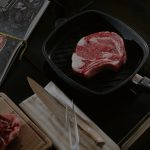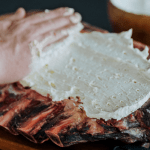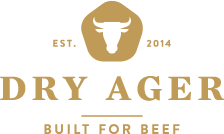Dry Aged Lamb – ‘The Chocolate of Meats’

The popularity of dry aged meat continues to increase, both in the restaurant and through retail, as modern consumers increasingly demand artisan, hand-crafted premium food. However, nearly all of the meat available is beef, with the potential of other meats when dry-aged seemingly untapped.
Why is this? Couldn’t other types of meat gain the same immense benefits from dry aging’s flavour intensification process? Yes they can.
It seems like an obvious next step. Lamb, for instance, bears the same physical characteristics as beef, with its deep red colour and thick layer of fat. So why is dry aged lamb so rarely available?
South Australia Cattle Co.– a vertically integrated beef producer specialising in dry-aging – asked the same question. They combined with Meat and Livestock Australia (MLA) and the University of Melbourne, to assess whether sheep meat could also be dry aged.
The test was this, several different cuts of lamb, hogget, and mutton with fat scores of 2 and 4 were simultaneously wet aged and dry aged for 39 days.
Once aged, the meat underwent careful microbial testing, before being served grilled, without added seasoning, to a sensory panel of 19 food industry professionals including chefs and food writers at A Hereford Beefstouw restaurant in Adelaide.
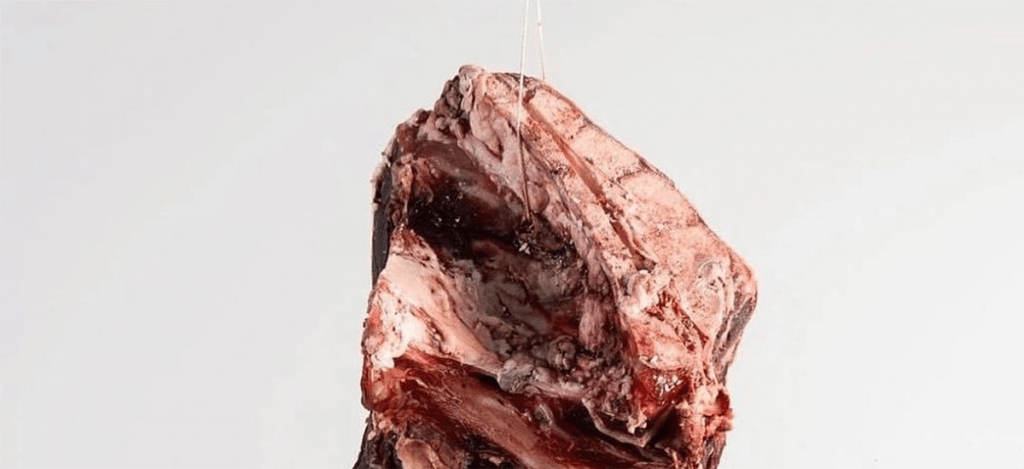
The results, not only for the dry aged lamb, but also the aged mutton and hogget, were overwhelmingly positive, leading to the conclusion on the MLA report on the trial that:
“Dry Aged Lamb could sell for a 20-30% price premium over wet aged lamb based on the impact on the flavour of the lamb.”
Not only that, but even dry aged mutton and hogget could, in some cases, be sold for more than wet aged lamb.
“It becomes almost like chocolate, so think of it as the chocolate of meats,”
MLA Value Chain Innovation General Manager, Sean Starling, said the trial showed great potential for ensuring more sheep meat appeared on menus and consumer plates, beyond prime lamb cuts.
“Mutton and hogget typically attracts a lower price than lamb due to age, fat content, flavour and eating quality,” Mr Starling said.
“We believe dry aged sheep meat products could sell for a price premium of between 20 to 30 per cent over wet aged lamb”.
“We have initially estimated dry ageing only 10 per cent of the available mutton supply could conservatively deliver over $3.5 million of new value to the sheep meat industry.”

Read more on the DX1000 Premium
So, what led the researchers to this remarkable conclusion?
Firstly, the panel was asked to score the different types of meat for various positive and negative characteristics, including how well they liked it overall.
In what the MLA report justly called ‘a truly remarkable finding’ nearly all the different dry-aged cuts – not only the lamb but also the hogget and mutton – were far preferred over the wet aged lamb, with the dry aged lamb being the outstanding favourite in every category.
The panel noted that dry aging drastically augmented the tenderness, juiciness, and buttery/roasted flavour qualities of the lamb.
The dry aged cuts were also far less prone to the more undesirable qualities of sheep meat such as bloodiness, or boiled, livery and metallic flavours when compared to their wet aged counterparts.
“Every chef is looking for something that will make them unique and differentiated, and this is product that is uniquely Australian,”
This means that dry aging lamb not only enhances its positive characteristics but simultaneously minimises the negative qualities of the meat, creating an end product of far superior quality.
University of Melbourne enterprise director Hollis Ashman, who was part of the team conducting one of these trials, said it was the complex, rich flavour and strong butter notes that made it “incredibly crave-able”.
“It becomes almost like chocolate, so think of it as the chocolate of meats,” she said.
Beyond logging the dramatic changes in taste, the trial also went more in depth. Investigating what humidity and time periods were needed to best dry age lambs of different fat scores and with different primal cuts. They also experimented with what yields, flavour and taste profiles and concept menu designs could be developed.
The microbial testing performed on the dry aged meats also provided positive results for the future of dry aged lamb.
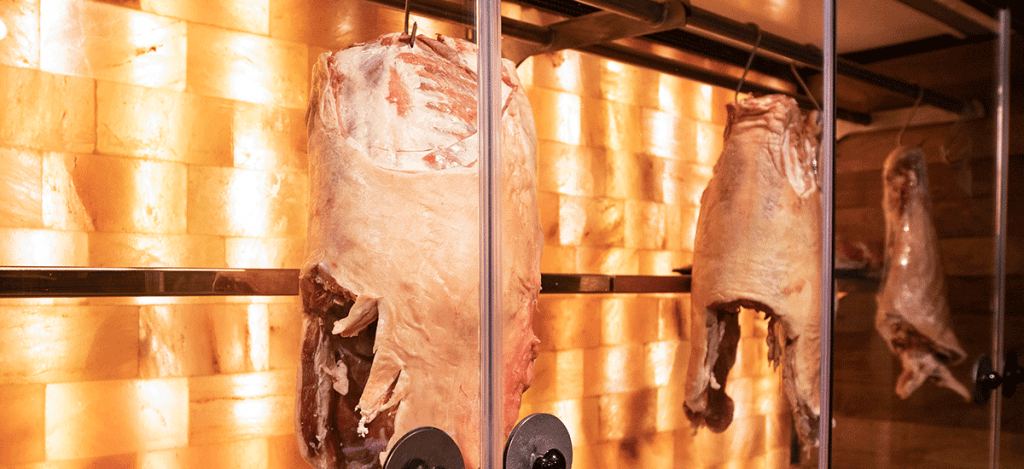
Read more on the DX1000 Premium
Visually, lamb ages in a similar way to beef, going through the same drying process and forming an external crust. No mould growth was observed on the meat at any point throughout the process.
When in-depth analysis was completed on the aged lamb, no bacteria, contamination or mould was found in any of the meat, meaning it can be considered safe for human consumption.
The dry aged lamb had an average weight loss of 15% throughout the dry aging period. While this is 5% above the average amount of weight beef loses when dry aged (10% on average), it is still well with an acceptable range.
All this evidence leads to one important conclusion. Dry aged sheep/lamb meat is not only viable, but a huge opening for the industry. The fact that dry aging can vastly increase the saleable value of sheep meat make it a concept with limitless possibilities.
Not least of these is the international aspect. Very few iconic Australian foods are popular overseas— with macadamia and barramundi being two of a short list of exceptions.
But dry aged sheep meat could be the product to break through that barrier, especially as mutton is already far more popular overseas than here in Australia.
“Every chef is looking for something that will make them unique and differentiated, and this is product that is uniquely Australian,” Ms Ashman said.
Professor Warner said Australia had a rare opportunity to pioneer a new industry, capitalising on the growing popularity internationally for dry-aged products.
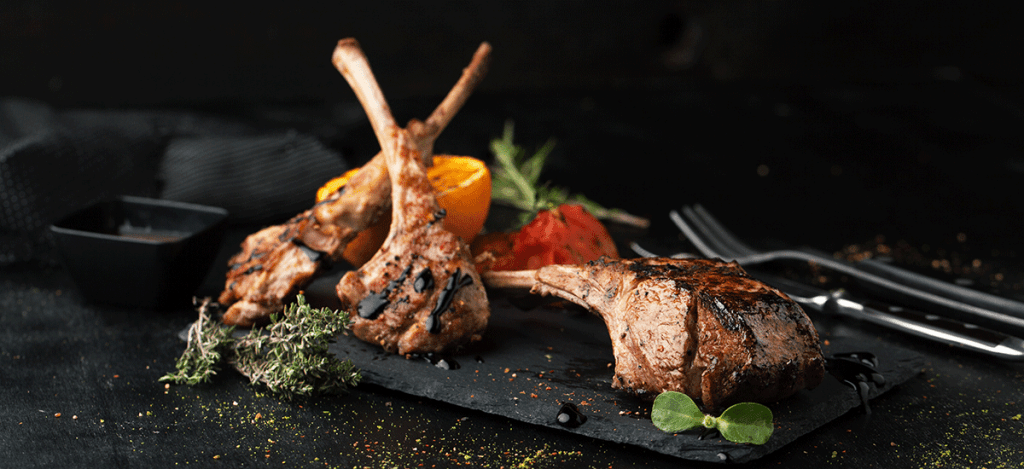
Even locally, many Australian chefs pride themselves on using distinctively Australian ingredients and dry aged sheep meat would provide another delicious alternative bursting with potential.
Not only can the dry aging process create the sophisticated, artisanal protein Australians connoisseurs now habitually expect, but it can also transform more mediocre types of sheep meat into a gourmet product with an appropriate price tag.
This is a crucial benefit, because mutton (which refers to meat from older ewes) has long been considered an inferior meat and is often underutilised. However, dry aging would be chance to use this disdained protein in a way that enriches it.
It could open a market that has until now been unprofitable. Many Australian farmers cull at least 5% of their ewes per year. Imagine if, instead of this, these animals could be sold at a premium almost equal to wet-aged lamb?
This could expand the livelihood of many farmers, by allowing them to make new profit on these older animals. Beyond this, being able to make value off a sheep through its entire lifespan would make sheep production a much more sustainable industry.
Dry aging sheep meat could be the next big opportunity for many throughout Australia’s protein supply chain – from the farmers, to the lamb processors, to the butchers, restaurants, all the way to the consumer – all can benefit from the possibilities this new concept extends.
Dry age lamb in the DRY AGER™ DX1000 Premium and experience the incredible results yourself.
Read more on the DX1000 Premium

